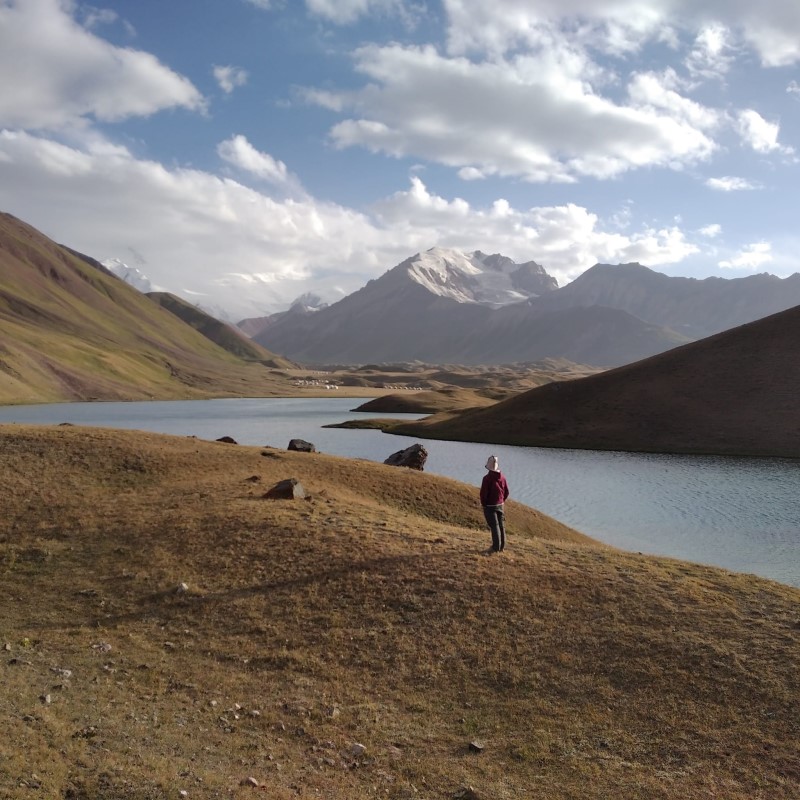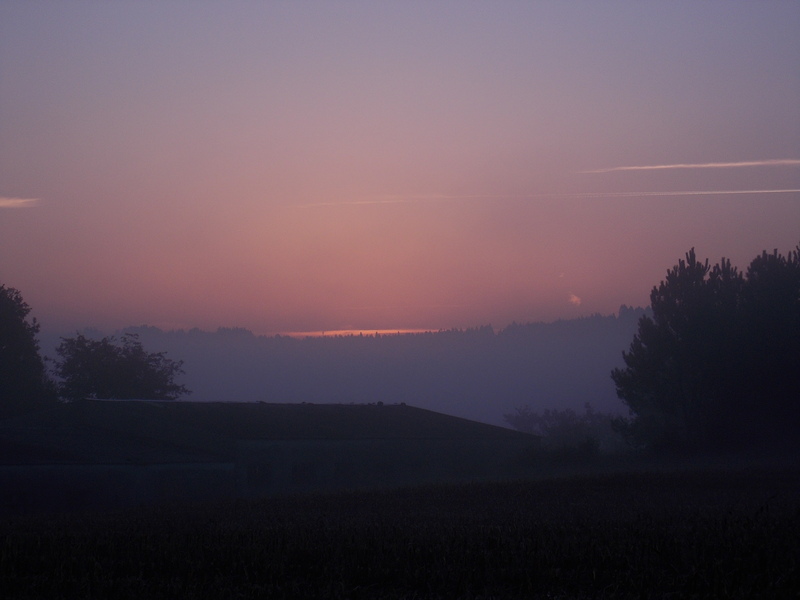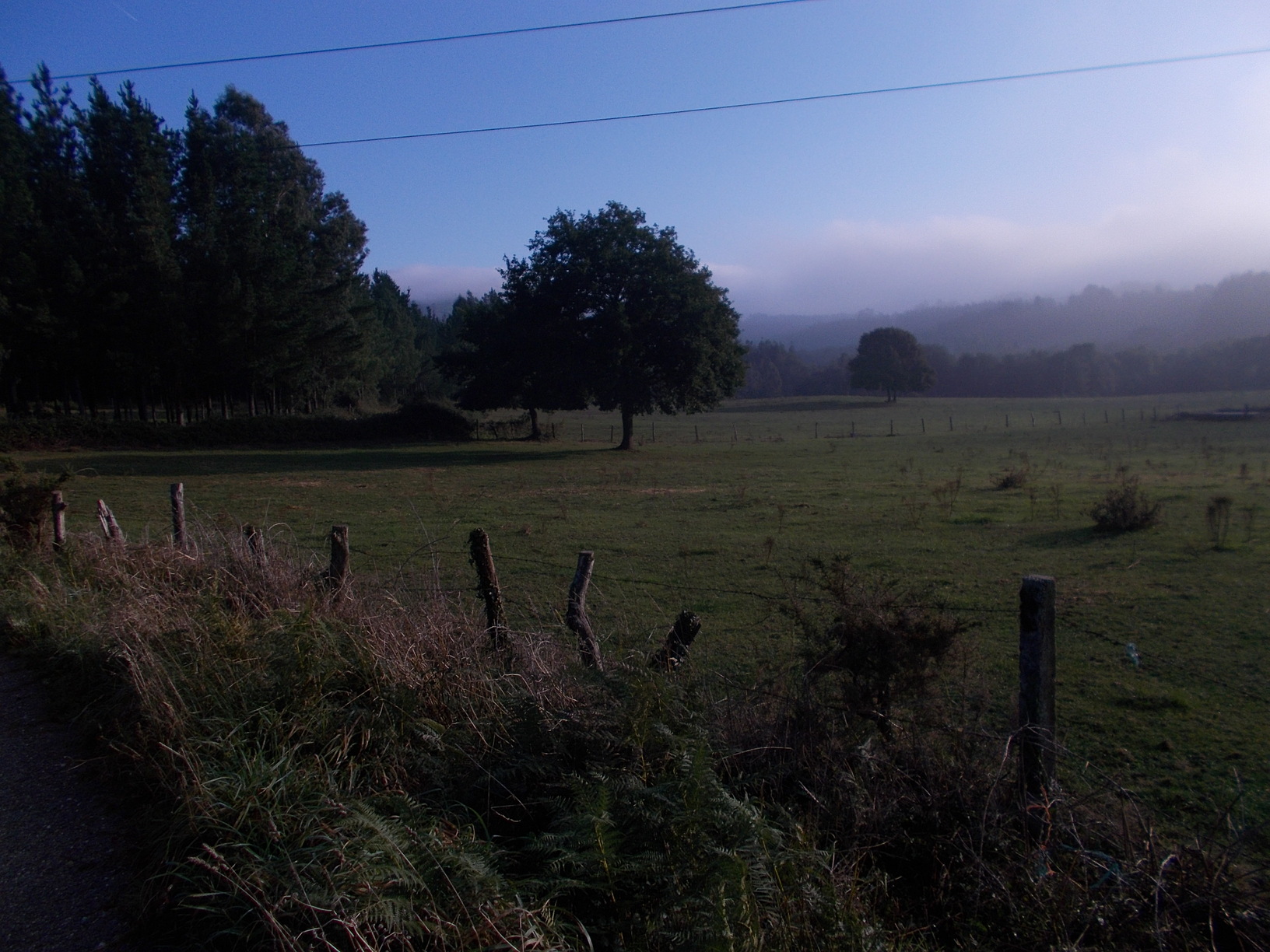Age is just a number as the saying goes. And though many people around the world (athletes, artists, 80 years old billionaires who marry 20 years old gold-diggers) serve as a living proof of the saying, the question is whether it is true for us, mortals, for a common Joe and Marry with normal life, who simply dream of walking the Camino. Can we still handle the challenge when we are over 60? And won’t we be the oldest pilgrims on the way, looking like living relics when walking next to those suntanned youngsters, students and teens, who beat us in the race for beds day after day? If you have the same questions on your mind, you have landed on the right website, since I will dismantle all these myths!
Table of Contents
Numbers do not lie – 16% of pilgrims are 60 or older
Camino de Santiago is a pretty popular walk. As you can imagine, all sorts of individuals, institutions, and initiatives collect all sorts of statistics about the way, and the people who undertake it. One of these statistics focused on the average age of pilgrims walking to Santiago. In 2021, 15.8% of all pilgrims were 60 or older. 16 percent is one in every six pilgrims, to make things easier to comprehend for a reader.
This means a couple of things. Bearing in mind that over 100,000 pilgrims walk to Santiago each year nowadays (actually it is closer to 200,000 but I wanted to keep numbers on the lower end), you will meet plenty of people of your age group on the Camino. You won’t be a walking relic amongst suntanned youngsters who’d give you a strange look. On the contrary, Camino offers a nice diversity when it comes to everything, including the age of pilgrims. And secondly, when so many pilgrims over 60 walk the camino each year, why couldn’t you do it to?
Camino de Santiago is designed for people of all ages, it isn’t Pacific Crest Trail or Huella Andina
Each long walk is difficult, but not all long walks are equal. I’ve been lucky enough to walk in many places around the world, following both waymarked long distance trails, and unmarked trails drawn on a map only by my imagination, and my desire to explore the world and my own limits. On some occasions I covered 10,000 vertical meters in four days of walking with a heavy backpack, and on some occasions I walked 4 days without meeting a soul (and a chance to get any supplies). Camino isn’t such a trail. It is the exact opposite to be honest. And I consider it a good thing, since the vast infrastructure of bars, restaurants, shops, hostels, pharmacies, etc along the way, makes the trail accessible to everyone, including people over 60 who aren’t athletes or in the shape of their life.
If you’re afraid whether you manage to reach the next albergue (pilgrim hostel), whether you manage to walk the required number of kilometers, I can assure you that especially on Camino Frances, from Roncesvalles onward, you won’t have any problems. The options for sleeping and refreshment are almost everywhere, and if you do not feel like walking more than 5 or 10 kilometers on a day, you can walk just 5 kilometers and call it a day in the next hostel. Camino offers such a luxury, which isn’t the case for vast majority of long distance trails in the world.
Another good thing is the technical difficulty of the terrain. You won’t scale waterfalls and snowy peaks on the Camino. And you won’t have to wade through swamps or cut your way through some dense vegetation. 95% of the way follows either asphalt roads or dirt roads, or pleasant trails with nontechnical terrain. Sure, one can still pick some injury on the trail (you can pick one also in your bathroom, or while working in the garden), but the probability is much lower than it would be on most long distance trails in the world.

– A typical path on Camino Frances – wide, not steep, and not technical. You will walk vast majority of time on such trails, which no doubt makes the walk more accessible for people in their sixties (and older). Picture source: Personal archive, Camino Frances September 2014
You won’t feel like an outsider when walking Camino in your sixties
Another important thing I want to point out is the so called “Camino magic“. People of all ages meet and interact on the Camino. Barriers that would exist in any other setting are easily broken. It is not uncommon to talk with a pilgrim who you knew for barely two hours about something you wouldn’t discuss with anyone back home. It is also super easy to strike a conversation with a stranger, since you all have the same goal, can praise and complain about the same things, and simply you all follow the same way.
I’m currently in my thirties (at the time of writing this, you can of course read it much later), but some of the most meaningful connections I’ve made on my many Caminos were with pilgrims in their sixties, seventies, and eighties! And we are still in touch with some, though that isn’t the most important thing. What I try to say is that you don’t have to be afraid of some social isolation on the way, or in the hostels. Just open your mind and heart to the experience, and you will see age plays a little role on the Camino.
Things you can do to improve your chances of reaching Santiago when you are over 60
Of course, walking the Camino and reaching Santiago are two different things . Age is just a number, but in general it is easier to overcome physical challenges and recuperate from walking injuries when one is younger. Having said that, you can do several things to improve your chances of making it all the way to Santiago, regardless of your 60+ age. Let me point them out:
- Train back home. Go for walks, take a backpack with you, hit the trails (if you have any nearby). Try to simulate the experience by walking day after day. Of course, you do not have to walk 20 or 30 kilometers on a day. But do two or three 10K days in a row, and then repeat it the next week. Watch how your body reacts. If your knees or back or hips do not bother you, you can prolong the distance.
- Packing light. We have a great article on a ultralight packing list for the camino. The older you are, the most important it becomes to carry just what you need. Every extra kilo/pound in your backpack is an extra load for your knees, and knee pain is one of the main reasons why (not only) older people have to quit their camino.
- Take it easy at the start. Filled with enthusiasm and mesmerized by the crowds around them, many pilgrims make the mistake of pushing it hard from the start. This is a sure recipe for developing blisters, knee and hip injuries, and both physical and mental fatigue, especially if you aren’t youngest anymore. Take it easy. Start with 5-10 kilometers a day. Do not care about what the others are doing, and whether you can stick with the group. You will always meet new pilgrims on the way, as long as you do not have to quit because you pushed it too hard at the beginning, before your body got accustomed to the pilgrim routines.
- Have a positive mindset and believe in your chances. Mind is the most powerful tool we have. I like one quote a lot: “Whether you think you can, or you think you can’t – you’re right” (Henry Ford). Thousands of pilgrims aged over 60 reach Santiago each year. So why couldn’t you? Do not let negative and toxic thoughts confuse your mind and force you into stupid decisions that will cost you your Camino. On the contrary. Approach the way with respect, but enthusiasm. You will make it, and I cannot wait to see your smile in Santiago! Buen Camino!
Matej
May also interest you:
- How fit do you need to be to walk the Camino?
- Camino Frances Guide – stage by stage, see what to expect, and plan your camino well.
- Camino progress tracker – see how many miles to walk and feet to climb you have left, from any point on your camino.



![Ultralight Packing List for Camino de Santiago [2025 Edition]](https://caminolovers.com/wp-content/uploads/2022/03/altra-shoes-640-x-480.jpg)



